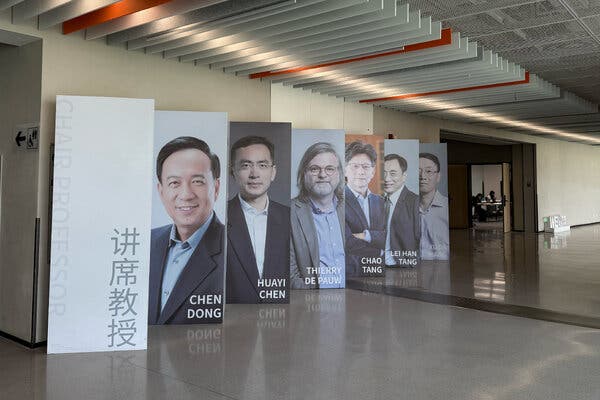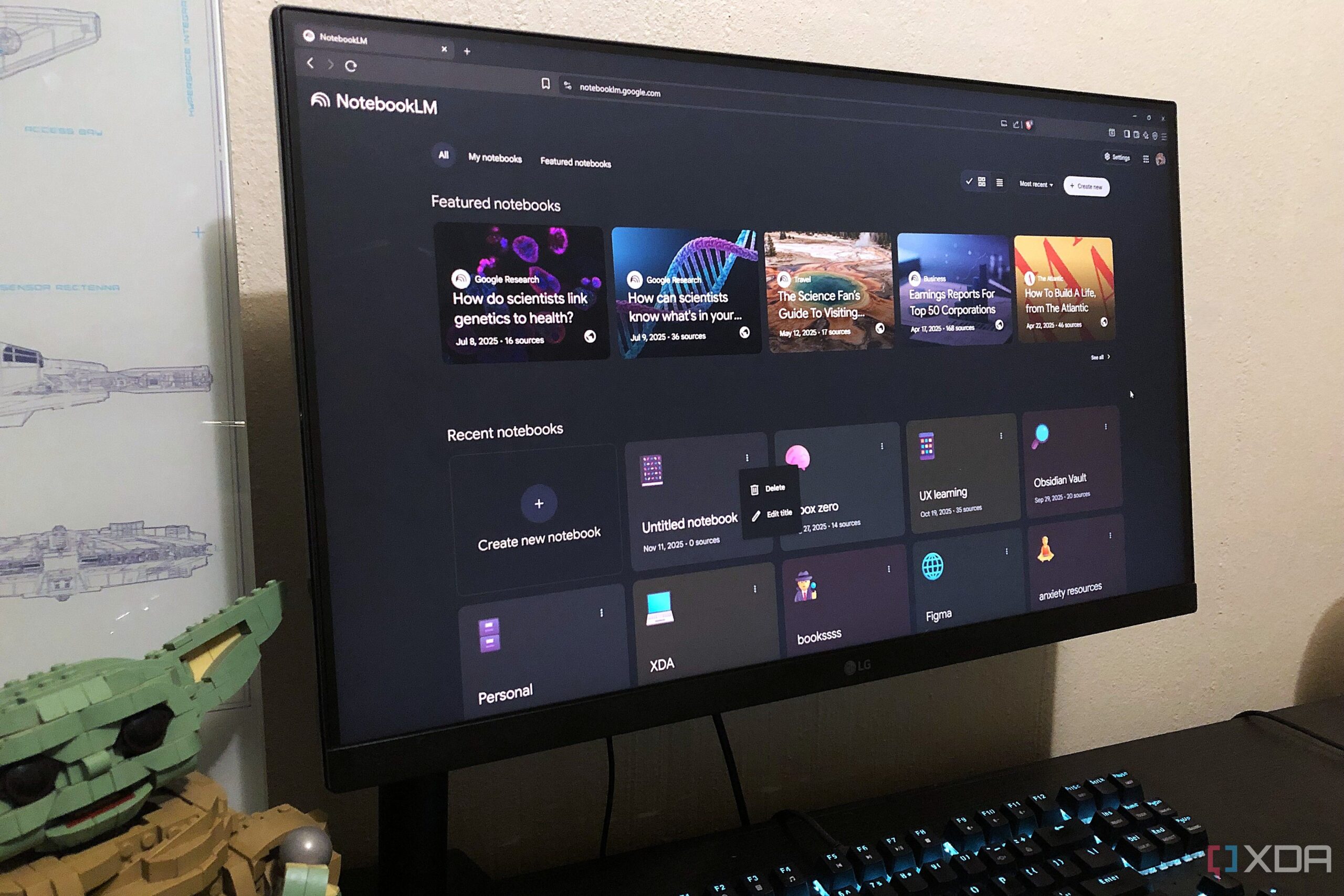China Launches New Visa to Attract Global Tech Talent Amid U.S. Fee Hike

President Donald Trump has introduced a substantial fee increase for H-1B visas, aimed at skilled foreign workers, while China is countering this by launching a new visa category designed to attract talent in science, technology, engineering, and mathematics. Starting from October 1, 2023, the K visa will facilitate easier entry for graduates from leading universities in these fields, as part of China’s strategy to enhance its global tech competitiveness.
This visa initiative coincides with the Trump administration’s move to impose a $100,000 fee on H-1B applications for skilled workers. The U.S. government has also cut federal research funding and criticized universities, creating a challenging environment for foreign professionals. In contrast, China has significantly increased its investment in research and development, actively recruiting scientists from the United States to bolster its technological capabilities.
Details about the K visa remain sparse, including eligibility criteria and regulations regarding formal employment. Although foreign professionals can obtain other visa types to enter China, the process has often been cumbersome, requiring sponsorship and government certification as “high-level talent.” The new K visa aims to simplify this process, providing longer stays and multiple entries without needing an invitation letter from a company.
China’s Efforts to Compete for Global Talent
The K visa could particularly benefit start-ups lacking the resources for traditional employment visas, as well as international students seeking job opportunities in China. According to Angus Chen, a Shenzhen-based headhunter, “Staying in China afterward to look for jobs will become much easier.” Major tech firms like Alibaba and Huawei may also find it simpler to bring in foreign consultants quickly.
Despite these efforts, China faces significant challenges in attracting foreign talent. Historical recruitment has primarily focused on domestic talent, shaped by the country’s emphasis on STEM education. Although China produces the highest number of STEM graduates globally, it still trails behind the U.S. in critical sectors such as semiconductors and biotechnology. Consequently, there is a strong motivation to invite foreign experts to help accelerate development.
While the K visa represents an attempt to present a more welcoming image, potential applicants still encounter language barriers, cultural differences, and limited pathways to permanent residency. Dan Wang, a technology analyst at Stanford University, noted that China selectively solicits foreign expertise, primarily valuing economically productive individuals. He emphasized that the visa’s appeal might be limited, particularly for older foreign nationals.
Responses and Implications for Foreign Workers
The K visa is unlikely to fully replace the H-1B visa, which predominantly serves Indian professionals. Relations between China and India are complex, with sentiment in some circles reflecting a lack of enthusiasm for Indian talent. A recent post by the Global Times on Chinese social media drew racially charged comments regarding Indian applicants, highlighting the sensitive nature of this issue.
Legal expert Santosh Pai from New Delhi remarked that simply having an easier visa process would not suffice to sway Indians from the U.S. to China. “They’re not going to the U.S. because they got a visa. They want to work there, they want to live there, they want to become American citizens,” he explained.
Despite state media’s promotion of the K visa as evidence of China’s openness, Xi Jinping has emphasized self-reliance to navigate geopolitical uncertainties. Observers like George Chen of The Asia Group caution that while the K visa aims to attract foreign experts, its true purpose is to advance China’s own agenda of self-sufficiency.
As China enhances its visa offerings, the long-term impact on global talent mobility and competition in technology sectors remains to be seen. The increasing divide between the U.S. and China in terms of welcoming skilled foreign workers signals a pivotal moment in the global tech landscape, where nations are reassessing their positions and strategies in the race for talent.






